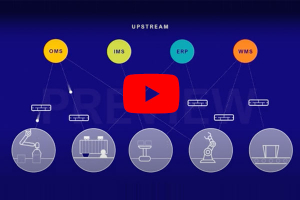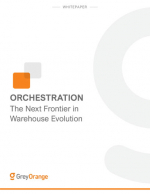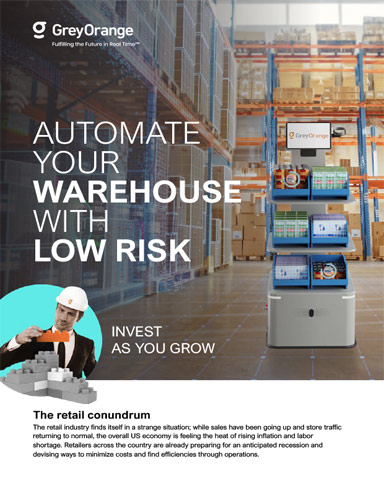3 Questions To Evaluate When Choosing Warehouse Automation for Vertical Space Utilization
Retail strategies like same-day delivery, try-before-you-buy, BOSS/BOPIS, coupled with newer fulfillment formats like dark stores, micro-fulfillment, curbside pick-ups, in-store fulfillment are just some of the business models that have squeezed businesses between customer promises and margins. On the other hand, a growing labor scarcity continues to be a looming threat for the warehousing and supply chain industry. This twin-sided pressure has put retailers in a tight spot where they must take immediate decisions on their fulfillment automation strategy for staying competitive.
State of Warehouse Automation
The goods-to-person (GTP) automation is one of the most popular innovation areas for fulfillment efficiency since decades. However, high CAPEX, legacy “fixed automation” systems such as AS/RS systems, Carousels, Vertical Lift Modules (VLMs), Automated Guided Vehicles (AGVs) etc., are falling short of future-proofing fulfillment operations in a world where critical operating parameters like SKU profiles, popularity classification, channel mix, and peak factors do not follow fixed rules anymore.
Autonomous Mobile Robots & Vertical AMRs
This is where Autonomous Mobile Robots (AMRs) offer a key advantage because their inherent flexible architecture can complement the real-time decision-making capabilities of cloud native software orchestration, which is crucial for building supply chains that are omnichannel, agile and future-proof. In addition to flexibility, storage density through vertical space utilization has emerged as a critical parameter for evaluating fulfillment automation – a capability which multi-shuttle AS/RS systems have been traditionally good at. However, modern innovations in the AMR category have led to an emergence of Vertical AMRs (also known as shuttle AMRs) that provide an excellent combination of the flexibility of AMRs and the height utilization capabilities of multi-shuttles.
Download to learn more about Vertical AMRs
What’s Related




Favorites





